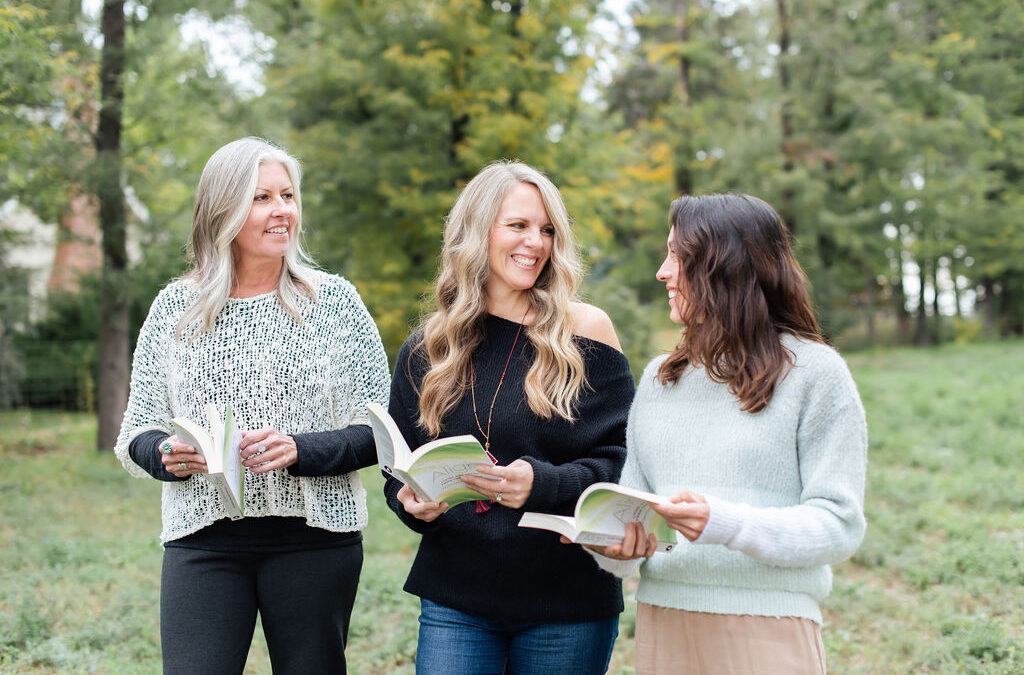In this video we’re going to be talking about the spiritual nature of our attachment system. Attachment styles are the way that we learn to relate to the people in our lives, based on the way that our primary caregivers treated us early in life and when we understand the way that our attachment styles actually disrupt our ability to stay awake and aware in our spiritual self we can cultivate a deeper repair of healing inside of our system. We can meet our relationships from our alignment. Before I dive into that, I want to let you know that I wrote a book for you, a line living and loving from the true self as a comprehensive map of how to come back home to the truth of who you are and how to really honor your alignment as you relate to the people in your life.
I also created these self-guided alignment cards. There’s 48 cards in a deck, and each card has a wisdom teaching, and a sentence stem to support you, and living and loving from your true self. These are really great for your own contemplative practice, or in your work with clients. If you’re a therapist or a coach, or in group therapy, or at parties, if your friends like to dive deep. So for me, the spiritual nature of attachment systems is really personally important, because when I recognized the way that my attachment system had me leave my source of love belonging and safety and seat that safety and that love and the power outside of myself.
I could see that the way that my attachment system was disrupting my own alignment that being in the truth of who I am, was much easier when I was sitting alone on my cushion, meditating, and when I would come into relationships, my attachment system would create these impulses of behaviors that had me leave my alignment. and when I was able to understand that it was actually through my spiritual awareness that I could meet my attachment system in such a way that I can create a deep deep healing within myself. I was able to stay connected to the truth of who, I am in my relationships so attachment theory began when a research psychologist was studying the behavior of children in relationship to their caregivers and in this study the caregiver and the child would come into a room and then the caregiver would leave, and the researcher would code the behavior of the child? Did the child feel anxious when the parent laughed? Did they feel sad? Did they feel secure when the caregiver left when the caregiver came back? How did they respond? Did they avoid the caregiver? Did they cling to the caregiver, did they just feel secure and available for the caregiver to receive them.
And this study was really the foundation of what’s known as attachment theory and in attachment theory we can see that there are different attachment styles different ways that people develop relating to their caregivers that become patterns of behavior later on in their relationships.
So a secure attachment develops in the presence. A caregiver who is consistent. present, attuned trust the autonomy of the child, but sets clear boundaries by also honoring the child without powering over the caregiver, is a regulating presence, and can hold space for the child to regulate through their emotions and in the presence of a caregiver who is consistent. Like this, the child develops a secure attachment where they trust relationships, they have a positive view of relationships. They have a positive view of themselves, and they have a positive view of other people. So there’s not a power over a power down dynamic and the person feels generally good about themselves. When the caregiver is inconsistent in the way that they show up with the child, the child can develop what’s known as an anxious and secure attachment system.
So if the caregiver is sometimes present, sometimes volatile or sometimes present, sometimes completely absent and dismissive the child doesn’t trust the relationship, and they start developing this sense of anxiety where they want to get closer and closer and closer, so that they can keep some sense of consistency and avoidant attachment system develops in the presence of a caregiver who is more detached, cold, or neglectful for and in the presence of a a detached or cold caregiver. The child learns to avoid relationship. Take care of themselves. I’m okay on my own. You take care of yourself. I’ll take care of myself, and this is an adaptive strategy to survive this upbringing. and when somebody has an avoidant attachment system, they can still want to be in relationship. But when their partner wants to have a conversation about something, or has an emotion or a need they tend to avoid and say, you handle it on your own. I’ll handle myself on my own, and they aren’t responsive or secure. a secure partner for them. And then, lastly, in the presence of trauma, a person can develop a disorganised attachment system where in one moment they can seem very secure. And then something happens. They get emotionally activated and they become more avoided, and they’re gone, and then they start to move through something, and then they they anxiously want connection again, and they can move really quickly between all of the attachment styles
Through the lens of spirituality. The child who is newly born has just come from universal bliss of spirit. and they’re newly in their body. And so they’re more connected to spirituality. And in this newness of being in a body they are dependent on their caregivers to be a safe, loving presence here to be in the care of their caregivers and as they are looking and depending on their caregivers to take care of them. they start looking to their caregiver as the source of safety source of love, the source of belonging, and the way that that child is developing their habits become contingent on the way that that caregiver is taking care of them. So if the caregiver is volatile and that child doesn’t feel safe they start developing patterns to try to find safety from this caregiver and in that, unconsciously they are looking to their caregiver as God, as the all giving power of you know, providing food and love and belonging, which completely makes sense. So as they are looking to their caregiver as God, they are developing habits of being in relationship that we now call attachment styles and these patterns of behavior are really about trying to earn God’s love, God, safety.
God’s belonging, but it becomes projected out onto the caregiver. and so, as they grow up if they still engage in this attachment style, they are looking to their partner as God. they want to try to earn safety from their partner. They want to try to earn love from their partner belonging from their partner. They might even give their power over to their partner because they see their partners more important than them, or more powerful powerful than them. And in these patterns this person we us people. are coming out of alignment with our true source of love, our true source of belonging, our true source of power. her true source of safety.
And so, as we begin to heal our attachment system we begin to become a secure base for ourselves by giving ourselves what it is that we need from our spiritual nature from our awake awareness and the more secure we feel within ourselves, our attachment system begins to repair and as our attachment system begins to repair in this direction. Our relationships outside of ourselves become more healthy because we’re not coming off center to try to earn love from our partner or find a sense of safety from our partner. We don’t fall into the same entanglement. Patterns and traps of conflict, of blame, of resentment, of Angst and our relationships become a sacred expression of divine through us with our partner.
Now, sometimes one person is more willing to look in the mirror of relationship and heal the wounds that are arising in the context of that relationship than the other person.
And in this it’s really important that we not only honor ourselves and ask for what we want, but we also don’t try to change that other person. If they don’t want to do the work, they don’t want to do the work. And we need to really come to grips with that for ourselves and see if that works for us. I think that when we believe that keeping our relationship is more important than who we are becoming. We get hooked into re-enacting our patterns over and over and over again.
Our relationship is either a place for us to grow and transform and become more of who we truly are, or it’s a place for us to stay asleep to our True Self. I would love to invite you to my course spiritually aligned relationships, whether you are single in a relationship with somebody who wants to do the work with you in a relationship with somebody who does not want to do the work with you. in an open relationship poly., any context of relationship. This course will really support you in staying in your alignment and honoring the truth of who you are in all of your relationships. So thank you so much for listening to this today. I truly hope that it serves you in who you are becoming.


